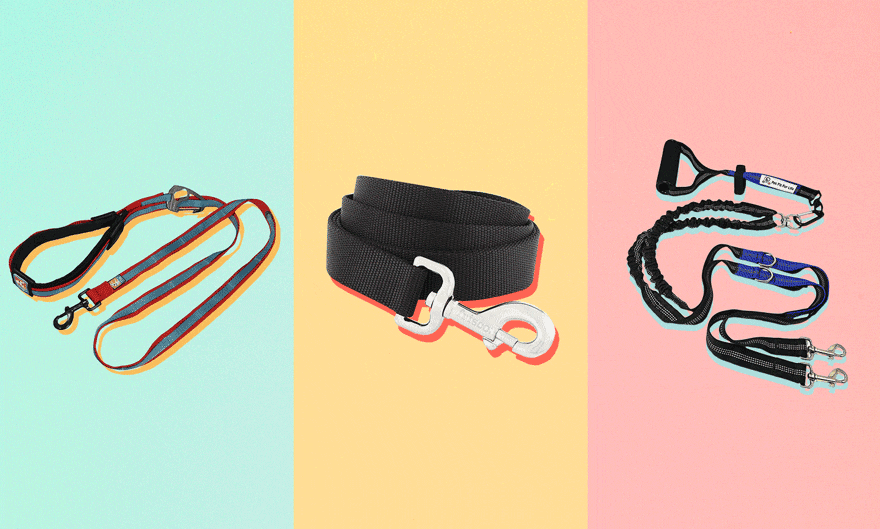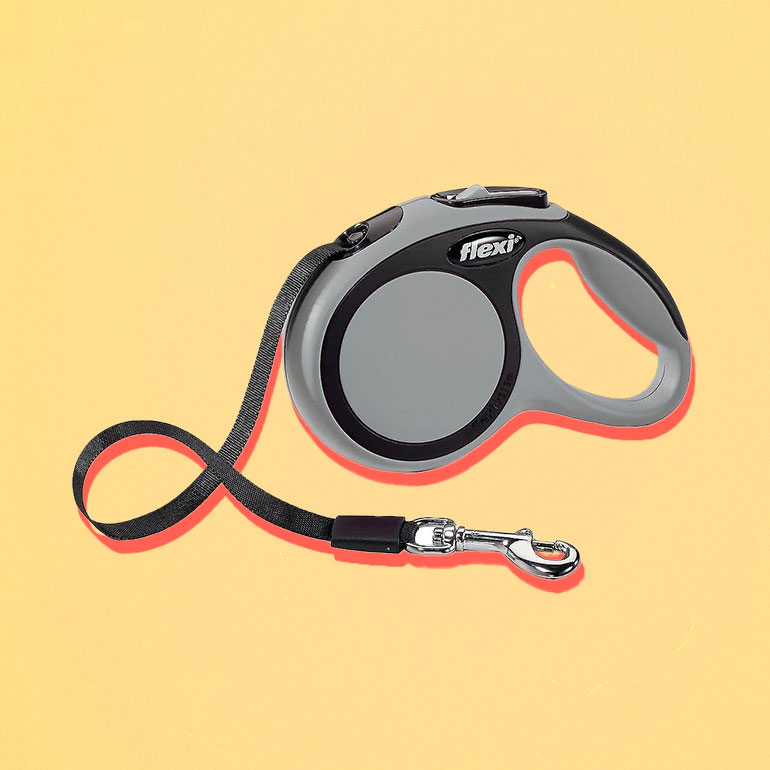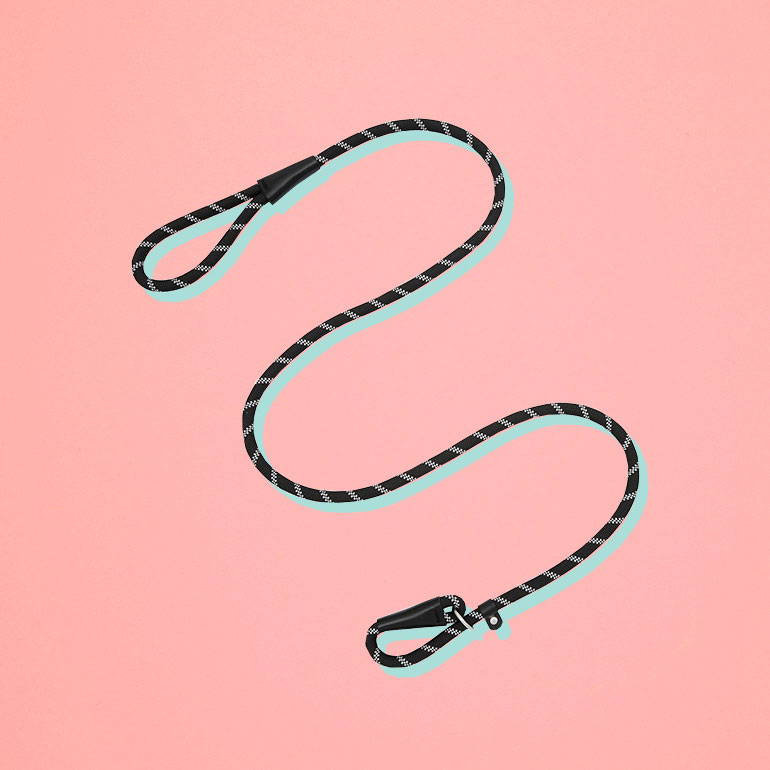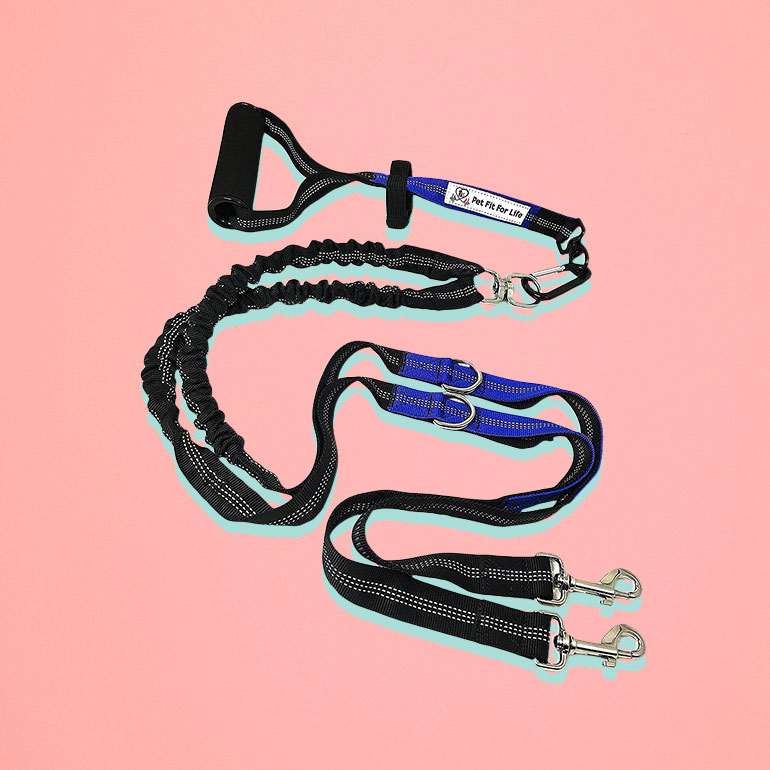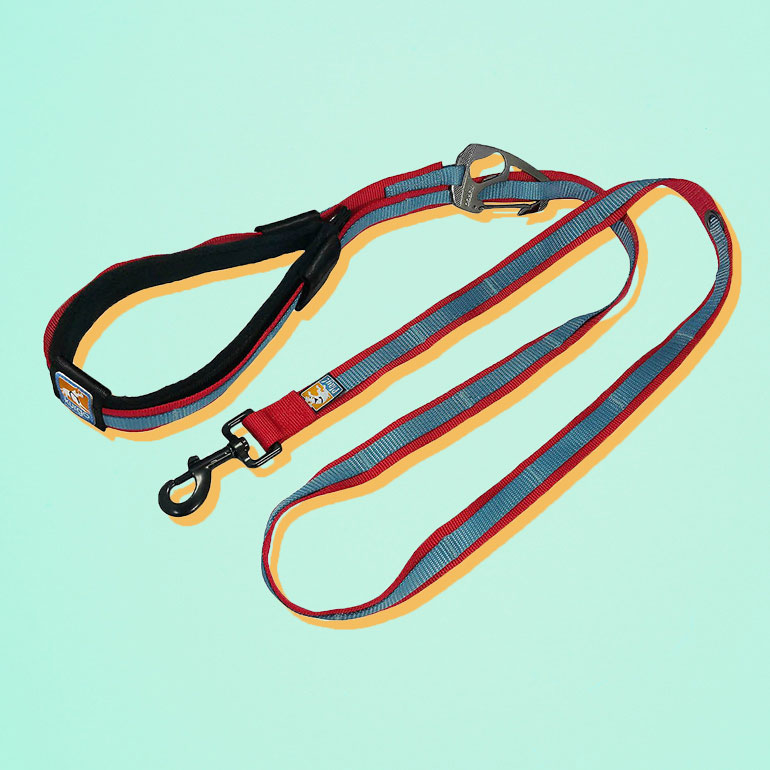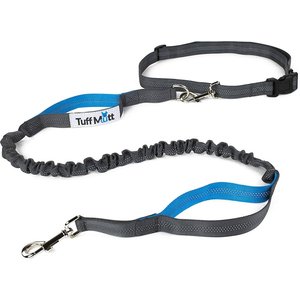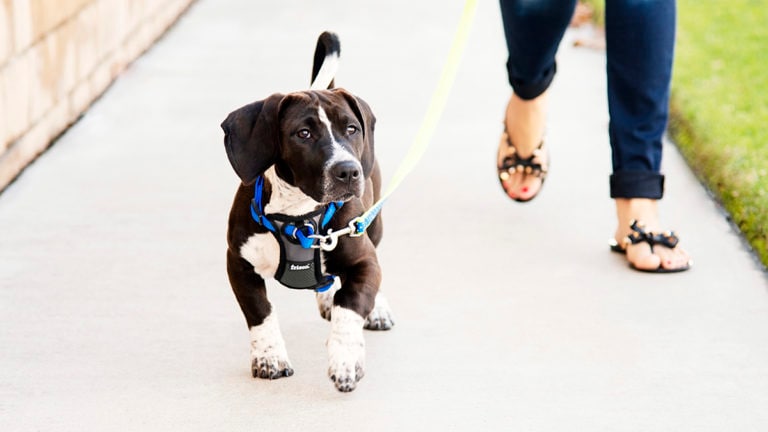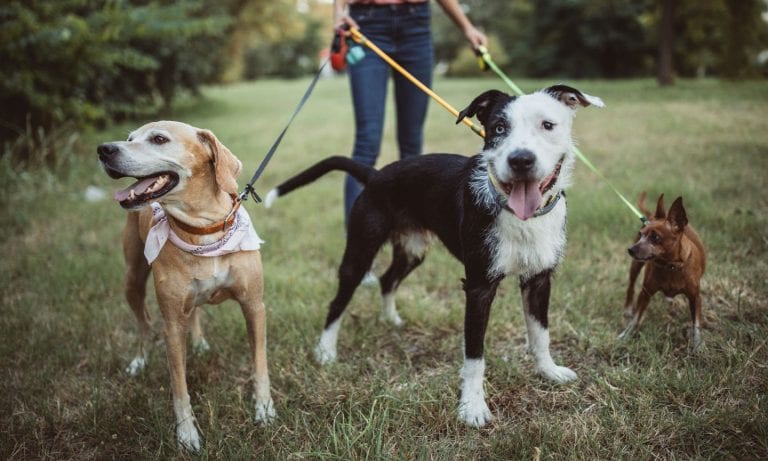You probably find yourself grabbing the leash multiple times a day. And while you might not give it much thought, a dog leash is actually a pretty important piece of equipment. Keeping your dog by you when you’re outside of your home protects your pet, other animals and people. It also saves yourself the hassle of cleaning muddy paws, because you can steer your canine away from those puddles. (Hey, at least you can try!) But do you have the right leash for the job?
Dog leashes come in a variety of materials and styles, from leather and nylon to retractable and hands-free. Does your dog pull? A shorter leash might be a good option because it will allow for more control. Going for a run? A hands-free leash will allow you more mobility while keeping your dog by your side.
To help you pick the best dog leash for your needs, we’ve broken them down into different categories, highlighting which types of dogs they’re best for.
What to Consider Before Buying a Dog Leash
Before pressing that “buy” button, there are some things to keep in mind. Here are questions Irith Bloom, a certified dog trainer, certified dog behavior consultant and owner of The Sophisticated Dog in Los Angeles, California, recommends thinking about prior to picking the best dog leash.
- What’s the law where you live? Many communities have local ordinances about where and how dogs need to be leashed. Look up what the rules are (which may be specific about leash lengths) and make sure the leash you buy complies.
- How big and strong is your dog? A good rule of thumb, according to Bloom, is the bigger the dog, the heavier the leash they can handle. The leash material, thickness, and clip will all affect the weight of the leash. You also want to think about your own strength relative your dog. “The longer the leash, the more likely you are to get pulled off your feet,” Bloom explains. If your dog pulls, or the dog walker is weaker, such as a child or an older person, a shorter leash is safer.
- How much freedom do you want your dog to have? If you walk your dog on a busy sidewalk, or you’re still training your dog to walk well on a leash, a shorter leash will give you more control. If your dog is well behaved on a leash, and you like to walk in nature or where there aren’t many other people or animals around, you may feel more relaxed giving your dog the independence of a longer leash.
- What styles feel good to you? As the one holding the leash, don’t forget your own comfort. Every material has its own set of pros and cons, and it’s highly personal which is a good fit for you. For example, nylon leashes are popular and super durable, but with a strong dog who pulls a lot, it can give you a rope burn. Leather leashes, which are soft yet strong, feel great in your hand, but do require a bit more care if they get wet. Besides the material, make sure the leash loop is the right size for your hand. Then look at the leash clip, which also comes in a variety of styles. If you have any manual dexterity issues, pick one that’s easy for you to manage.
Now that you know your general needs, let’s dig into the types.
Standard Dog Leash
Long Dog Leash
Retractable Dog Leash
Slip Leads
Double Dog Leash
Hands-Free Dog Leash
Share:
